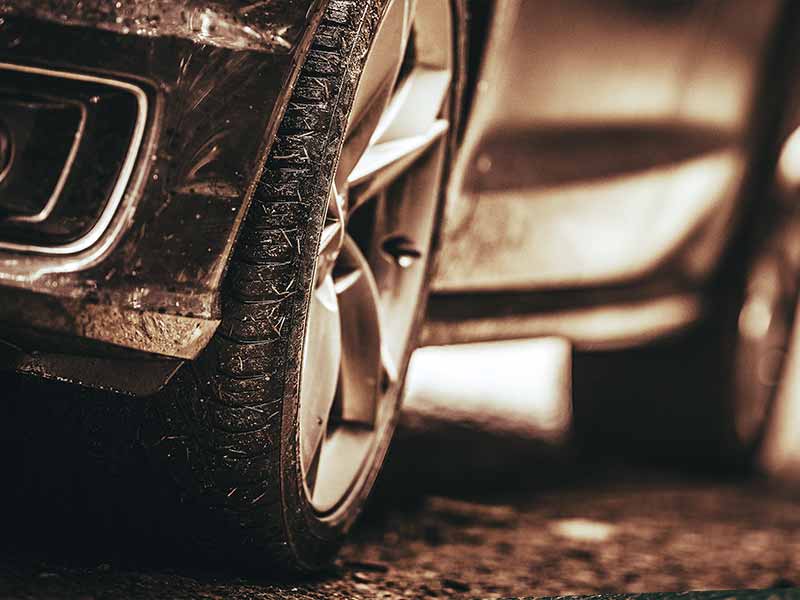Ever been driving and suddenly a mysterious light pops up on your dashboard, leaving you puzzled and a bit anxious? What if that light is your car’s way of saying, “Hey, we might have a problem that could put us in danger!” Understanding the traction control light could be the difference between a smooth ride and a potentially hazardous situation.
Traction Control Light Meaning
The traction control light is a warning indicator on your car’s dashboard that signals a potential issue with the vehicle’s traction control system. Ignoring this light could lead to reduced road grip, compromised safety, and even accidents.
In this article, we’ll delve into what traction control is, why the warning light might come on, the risks of ignoring it, and how to fix issues related to it. We’ll also address some additional concerns you might have.
Let’s take a closer look.
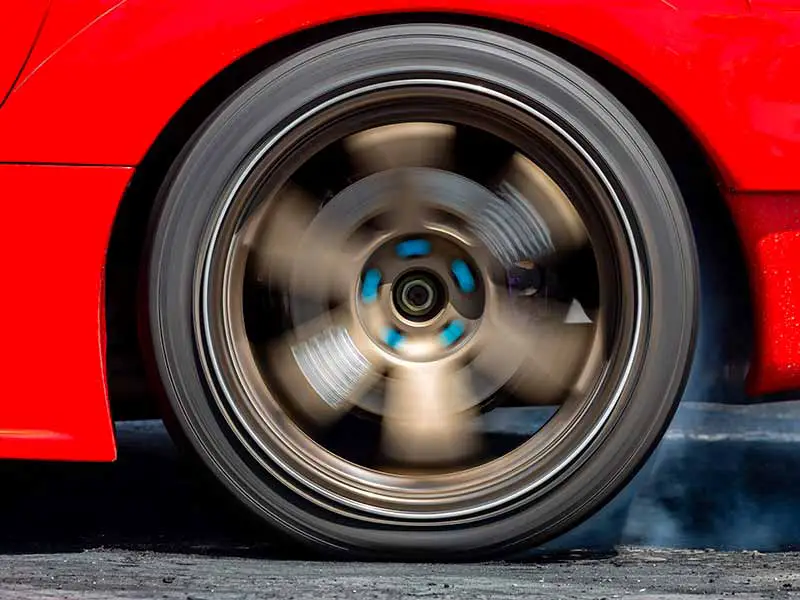
What is Traction Control?
Traction control is a safety feature in your car that helps your wheels grip the road better, especially when you’re accelerating, turning, or driving on slippery surfaces. In simple terms, it’s like a guardian angel for your tires, making sure they stick to the road as much as possible. This is crucial because losing traction can lead to skidding, spinning, and other dangerous situations.
How It Works with Your Car’s Systems
Traction control is not a standalone feature; it works closely with other systems in your car to keep you safe. Here’s how:
- Entire Braking System: Traction control can apply the brakes to individual wheels if it detects that they are spinning too fast and losing grip.
- Steering Wheel: The system takes into account the angle of the steering wheel to understand your intended direction. This helps it make better decisions on how to control the tires.
- Wheel Speed Sensors: These sensors monitor how fast each wheel is spinning. If one wheel is spinning faster than the others, it’s a sign that it’s losing traction, and the system will take corrective action.
The Role of the Traction Control Module
The brain behind the operation is the Traction Control Module. This module receives data from various sensors, like the wheel speed sensors and the steering angle sensor, and uses this information to make real-time decisions. Sometimes, the Traction Control Module and the Anti-Lock Braking System (ABS) share the same control module, as they work closely together.
Types of Traction Control Systems
There are different types of traction control systems, each with its own way of maintaining grip:
- Engine Control: This type reduces engine power to the wheels that are losing traction.
- Brake Control: This type applies the brakes to the wheels that are spinning too fast.
- Mechanical Differential Locks: In some advanced systems, mechanical components lock the wheels together temporarily to share traction.
When Do You Need It the Most?
Traction control is most helpful in the following situations:
- Wet or Icy Roads: When the road is slippery, it’s easy for wheels to lose grip.
- Accelerating from a Stop: Especially in powerful cars, wheels can spin and lose traction when you’re starting to move.
- Sharp Turns: When making a turn at high speed, the wheels can lose their grip, and the car can skid.
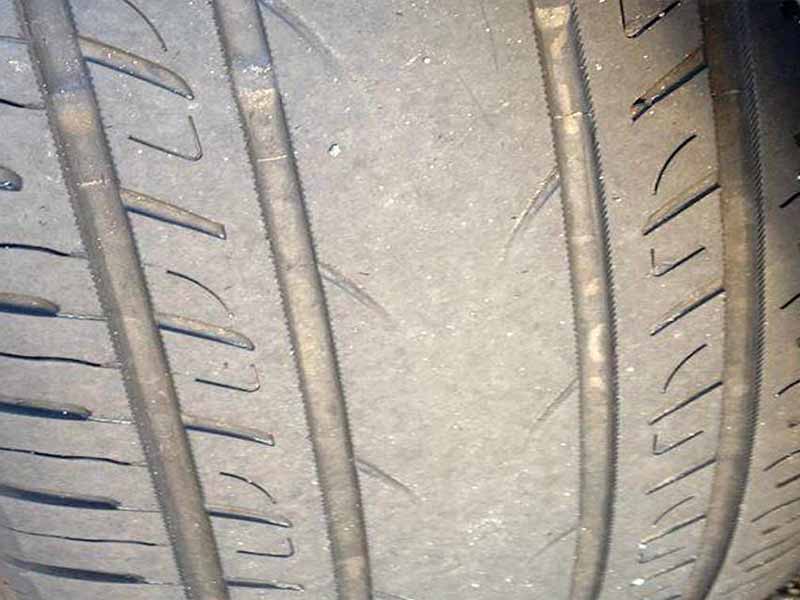
Common Reasons Why the Traction Control Light Comes On
When the traction control light illuminates on your dashboard, it’s a signal that something might be wrong with your car’s traction control system. This light is your car’s way of saying, “Hey, I might need some attention here to keep us safe on the road.”
Faulty Wheel Speed Sensors
One of the most common reasons for the traction control light to come on is an issue with the wheel speed sensors. These sensors are crucial for the system to understand how fast each wheel is spinning. If they’re not working correctly, the system can’t do its job.
- Symptoms: You might notice uneven braking or that your car doesn’t handle as well as it should.
- Solution: These sensors may need to be cleaned, repaired, or replaced.
Bad Tires
Believe it or not, the condition of your tires can directly affect your traction control system.
- Symptoms: Worn-out or underinflated tires can cause the traction control light to come on.
- Solution: Regularly check your tire pressure and tread depth. Replace tires that are in poor condition.
Steering Angle Sensor Issues
The steering angle sensor keeps track of the angle of the steering wheel, helping the system understand your intended direction.
- Symptoms: If this sensor fails, you might find that your car doesn’t steer as smoothly as it should.
- Solution: A professional may need to recalibrate or replace the sensor.
Electrical Problems
Sometimes, the issue could be as simple as a loose wire or as complex as a problem with the traction control module itself.
- Symptoms: The traction control light may flicker or stay on continuously.
- Solution: Electrical issues should be diagnosed and repaired by a qualified technician.
Other Factors
There are also less common factors that can trigger the light:
- Heavy Load: Carrying a heavy load can sometimes cause the light to come on temporarily.
- Extreme Weather Conditions: Very hot or cold weather can affect the sensors and other components.
What to Do When the Traction Control Warning Light Comes On
If the traction control light comes on, it’s advisable to:
- Pull Over Safely: If possible, pull over to a safe spot and turn off the engine.
- Check the Manual: Your car’s manual often has troubleshooting tips for warning lights.
- Consult a Professional: If the light stays on or comes back after you’ve tried basic troubleshooting, it’s time to consult a professional for a thorough diagnosis and repair.
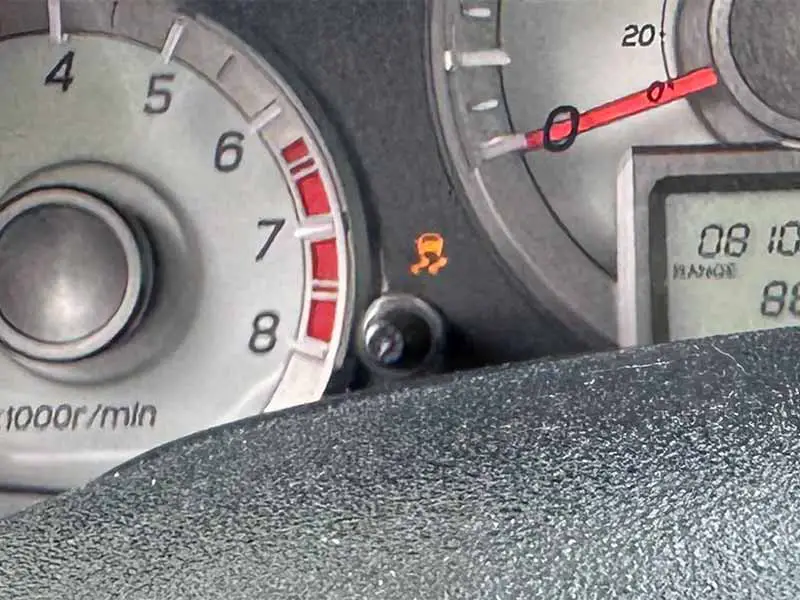
Can You Drive With the Traction Control Light On?
If the traction control light comes on while you’re driving, you might wonder if it’s safe to continue. The short answer is that it depends on the situation. While the light itself won’t cause your car to stop, it’s a warning that your traction control system may not be fully operational.
Risks of Driving With the Light On
Driving with the traction control light on comes with several risks:
- Reduced Grip: Your wheels may not grip the road as well, increasing the risk of skidding or spinning.
- Unpredictable Handling: Your car might not respond as expected when you turn the steering wheel, especially on curves or slippery roads.
- Potential for Accidents: Without the added safety of the traction control system, you’re at a higher risk for accidents, particularly in challenging driving conditions like rain or snow.
What Happens When Traction Control Goes Bad?
If your traction control system fails completely, you could experience:
- Loss of Control: Your car could become difficult to steer, especially at higher speeds or during sharp turns.
- Ineffective Braking: Your entire braking system may not work as efficiently, requiring longer distances to come to a stop.
- Wheel Spin: When accelerating from a stop, your wheels could spin, making it difficult to move forward.
Steps to Take if the Light Comes On
If you find yourself driving with the traction control light on, here’s what you should do:
- Reduce Speed: Slow down to a safer speed, especially if the road conditions are less than ideal.
- Avoid Sudden Movements: Try not to make any sudden turns or abrupt stops, as this could cause you to lose control of the vehicle.
- Head to a Safe Location: If possible, drive to a safe location where you can stop and assess the situation.
- Consult Your Manual: Your car’s manual may have specific advice on what to do if the traction control lightcomes on.
- Seek Professional Help: If the light doesn’t go off after restarting the car, or if you notice any of the symptoms mentioned above, consult a professional for a thorough diagnosis and repair.

How to Fix the Traction Control Light Issue
When the traction control light comes on, it’s natural to feel a bit anxious. But don’t worry—there are some initial steps you can take to possibly resolve the issue yourself.
- Restart the Car: Sometimes, simply turning off the engine and restarting it can reset the system and turn off the light.
- Check for Obvious Issues: Look for visible problems like a flat tire or objects stuck in the wheel well, as these can trigger the light.
- Consult the Manual: Your car’s manual often contains a troubleshooting section that can guide you through common issues related to the traction control system.
When to Seek Professional Help
If the light stays on or comes back after initial troubleshooting, it’s time to consult a professional. Here are some scenarios where expert help is necessary:
- Persistent Light: If the light doesn’t go off after multiple restart attempts.
- Additional Warning Lights: If other warning lights are on, it could indicate a more serious issue with the car’s systems.
- Noticeable Performance Issues: If you experience problems like poor handling, uneven braking, or difficulty steering.
Common Repairs and Costs
Here are some common fixes that a professional might recommend, along with estimated costs:
- Sensor Replacement: Faulty wheel speed sensors or a steering angle sensor may need to be replaced. Costs can range from $100 to $200 per sensor.
- Tire Replacement or Inflation: If bad tires are the culprit, you may need new tires or simply need to inflate your existing ones. Costs can vary widely, from $25 for inflation to $150 or more per new tire.
- Electrical Repairs: Loose or damaged wiring may need to be fixed, which can cost anywhere from $100 to $300, depending on the extent of the damage.
- Module Repair or Replacement: In some cases, the traction control module itself may be faulty and need replacement. This can be an expensive fix, ranging from $200 to $600.
DIY vs. Professional Repair
While some people might be tempted to tackle this issue themselves, it’s generally advisable to consult a professional for the following reasons:
- Complex Systems: The traction control system is interconnected with other systems like the anti-lock braking system, making it complex to diagnose and fix.
- Specialized Tools: Professionals have specialized diagnostic tools that can quickly identify the issue.
- Safety: Incorrect repairs can compromise your car’s safety features, putting you at risk.
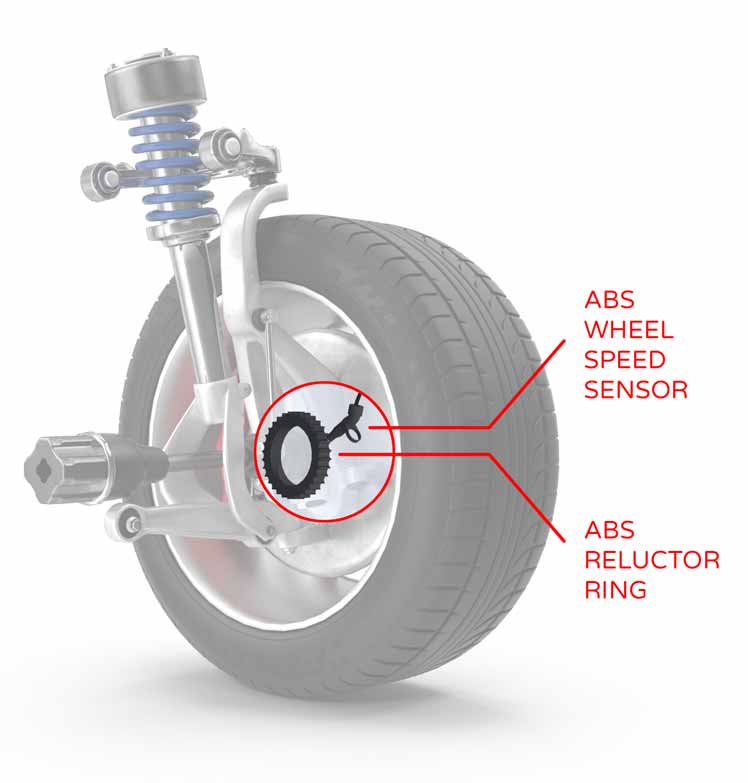
Additional Concerns
Why Won’t My Traction Light Go Off?
If your traction control light stays on even after you’ve tried basic troubleshooting, it could be due to a variety of reasons:
- Sensor Malfunction: Sometimes, sensors can get dirty or damaged, causing the light to stay on.
- Software Glitch: Occasionally, the car’s computer system may experience a glitch, keeping the light on.
- Serious Mechanical Issue: In rare cases, a significant problem with your car’s mechanics could be the culprit.
What to Do: If the light won’t go off, it’s best to consult a professional for a thorough diagnosis and repair.
Why Is My Traction Control Light On When I’m Not Driving?
If the light is on even when the car is off, it could indicate a more serious issue, such as:
- Electrical Problems: A continuous electrical supply to the system, even when off, could trigger the light.
- Faulty Control Module: The traction control module might be malfunctioning.
What to Do: This is usually not a DIY fix. Consult a professional for a comprehensive check.
Does Traction Control Affect Brakes and Acceleration?
Yes, the traction control system works closely with your car’s braking and acceleration:
- Brakes: The system can apply brakes to individual wheels to prevent them from spinning.
- Acceleration: By controlling engine power, the system can prevent wheels from spinning during acceleration.
Where Is the Traction Control Sensor Located?
The traction control sensor is generally located near the wheels and is part of the wheel speed sensors. In some cars, additional sensors may be located near the steering mechanism.
- Wheel Area: Most commonly found near each wheel to monitor speed.
- Steering Mechanism: Some systems also include a steering angle sensor to understand the car’s intended direction.
Resources
Below are some links you may find helpful when learning about tires
- Traction control system: How it works and when to use it – Kelly Blue Book
- Traction control or esc light on? – CarFax
Final Thoughts
Understanding your car’s traction control system is not just a technical exercise; it’s a crucial step in ensuring your safety on the road. When that warning light comes on, it’s your vehicle’s way of telling you that something needs attention.
Whether it’s a sensor that needs replacing, a tire that needs inflating, or a more complex issue requiring professional help, addressing the problem promptly can keep you safer on the road. So the next time that light flickers on, you’ll know it’s not just a light; it’s a call to action for your safety.
Good luck and happy motoring.
